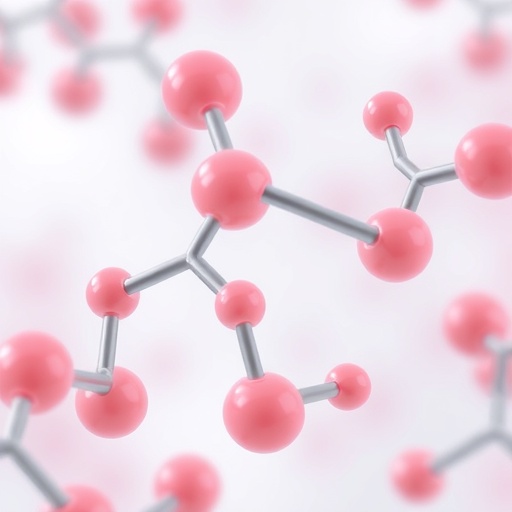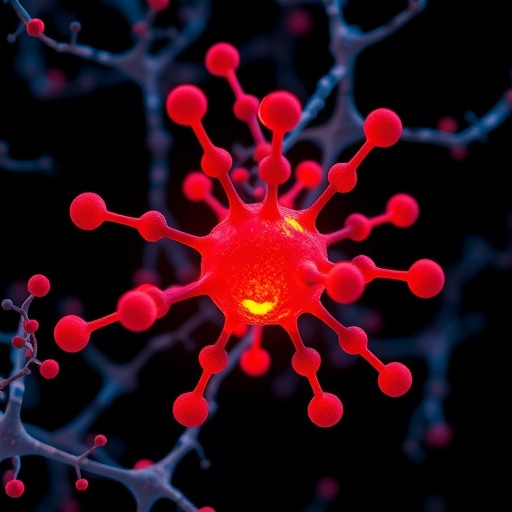
Emerging from the shadows of antibiotic resistance, piperazine derivatives are stepping into the limelight as viable candidates for novel antibacterial agents. The shift towards these chemical compounds comes as a response to the growing global health crisis driven by resistant bacterial strains that traditional antibiotics can no longer effectively combat. This is particularly pressing as infections that were once easily treatable have become significant threats to public health.
Piperazine, a bicyclic amine, has long been recognized for its unique chemical properties that allow for extensive modifications, making it an attractive scaffold for drug design. Researchers have been actively investigating its derivatives, uncovering a rich tapestry of antibacterial activities. The versatility of piperazine derivatives is not merely theoretical; it is substantiated by numerous studies documenting their efficacy against various bacterial pathogens. This has spurred interest in their development as clinical therapeutic agents.
Prominent among the recent advancements in piperazine research are derivatives that have demonstrated potent activity against both Gram-positive and Gram-negative bacteria. These compounds have shown promising results not only in vitro but also in in vivo models, indicating their potential utility in the clinical setting. Their effectiveness can be attributed to several mechanisms, including disruption of bacterial cell walls, interference with nucleic acid synthesis, and inhibition of protein synthesis.
The molecular diversity of piperazine derivatives is one of the key factors fueling their exploration as antibacterial agents. Based on the existing literature, researchers engaged in this area are employing combinatorial chemistry techniques, leading to the synthesis of compound libraries that can quickly be screened for biological activity. This high-throughput approach accelerates the pace of discovery and increases the likelihood of identifying candidates suitable for pharmaceutical development.
In more specific terms, recent studies have identified piperazine derivatives that exhibit synergistic effects when combined with existing antibiotics. This means that instead of being used in isolation, these novel compounds can enhance the effectiveness of traditional antibiotics, opening avenues for combination therapies. Such strategies could effectively tackle multi-drug resistant bacterial infections, hence addressing a critical gap in current antimicrobial therapy.
Structural modifications of piperazine molecules have also contributed significantly to their antibacterial profiles. Fine-tuning interactions at the molecular level enables researchers to enhance selectivity and potency while reducing potential side effects. For instance, introducing various substituents on the piperazine ring can modify the drug’s lipophilicity and bioavailability, which are crucial determinants of in vivo activity. The finer points of these modifications are crucial in the journey from laboratory research to clinical application.
Furthermore, researchers have been investigating the possibility of designing piperazine derivatives that can penetrate bacterial biofilms, which are notorious for their resistance to treatment. Biofilm-associated infections are particularly challenging because bacteria embedded in biofilms are significantly less susceptible to antibiotics. Developing piperazine-based compounds capable of disrupting these biofilms could herald a new era in the treatment of chronic infections, such as those seen in cystic fibrosis and certain prosthetic device infections.
The global health landscape is ever-changing, and the emergence of new bacterial strains continues to pose challenges. Given the rapid pace at which resistance develops, the need for continuous innovation in antibacterial research has never been more pronounced. Piperazine derivatives represent just one facet of this multidimensional approach to combat bacterial resistance, but they hold considerable promise in the search for new therapeutic modalities.
Concurrently, researchers are emphasizing the importance of ecological considerations in the development of new antibiotics. Resistance mechanisms that bacteria develop can be exacerbated by the environmental impact of pharmaceutical waste. As such, the formulation of piperazine derivatives considers not only their efficacy but also their biodegradability and impact on microbial ecosystems, promoting a more sustainable approach to drug design.
In conclusion, the field of piperazine derivatives as antibacterial agents is vibrant and rapidly evolving. As researchers continue to unravel the complexities of their chemical interactions and biological activities, it is clear that these compounds hold transformative potential for addressing antibiotic resistance. Future explorations into their medicinal properties could change the landscape of infectious disease management significantly, offering hope in the tireless battle against microbial pathogenicity.
Through ongoing research and collaboration among chemists, microbiologists, and pharmacologists, the journey of piperazine derivatives from the bench to the bedside is well underway. The coming years may see these compounds taking their place alongside traditional antibiotics, providing a much-needed arsenal in our fight against infectious diseases. The road may be riddled with challenges, but the potential rewards in human health and disease management are tremendous.
Ultimately, the imperative to innovate in antibiotic development cannot be overstated. As the piperazine derivatives gain traction and recognition, they exemplify a broader movement towards exploring uncharted territory in pharmaceutical chemistry. With a comprehensive review elucidating the scope of this research, the spotlight is now firmly fixed on piperazine derivatives as leaders in this promising frontier of antibacterial development.
Subject of Research: Piperazine derivatives as antibacterial agents
Article Title: Recent advances in piperazine derivatives as antibacterial agents: a comprehensive review (2020–2024)
Article References:
Patel, K., Shah, M., Patel, K. et al. Recent advances in piperazine derivatives as antibacterial agents: a comprehensive review (2020–2024).
Mol Divers (2025). https://doi.org/10.1007/s11030-025-11311-6
Image Credits: AI Generated
DOI: 10.1007/s11030-025-11311-6
Keywords: piperazine, antibacterial agents, antibiotic resistance, drug design, bacterial infections, biofilms, antimicrobial therapy, molecular diversity.
Tags: antibiotic resistance solutionschemical properties of piperazineclinical applications of piperazine derivativesdrug design and modificationemerging bacterial infectionsGram-positive and Gram-negative bacteriain vitro and in vivo antibacterial efficacyinnovative treatments for bacterial infectionsnovel antibacterial compoundspiperazine derivatives as antibacterial agentspublic health threats from resistant strainstherapeutic potential of piperazine




